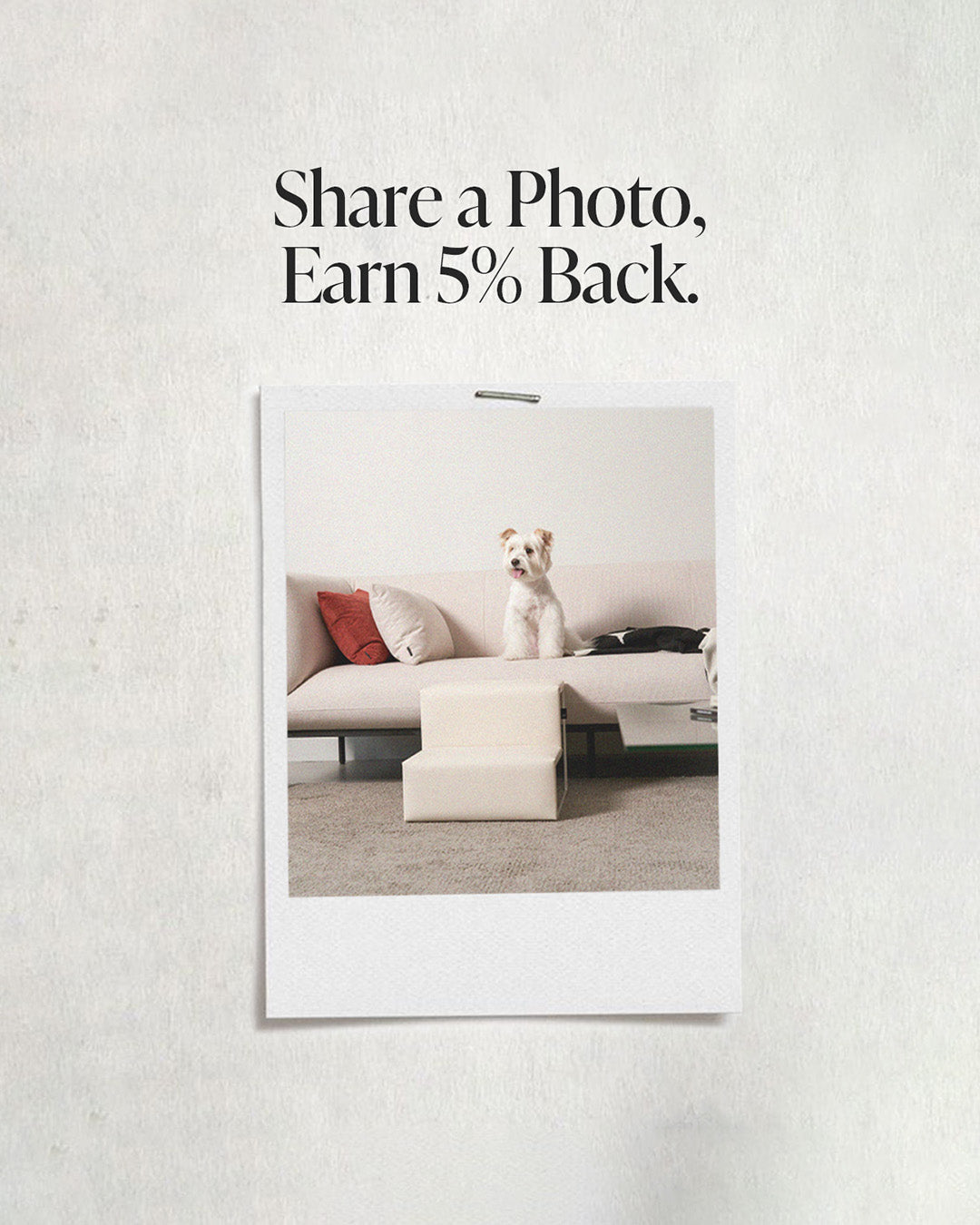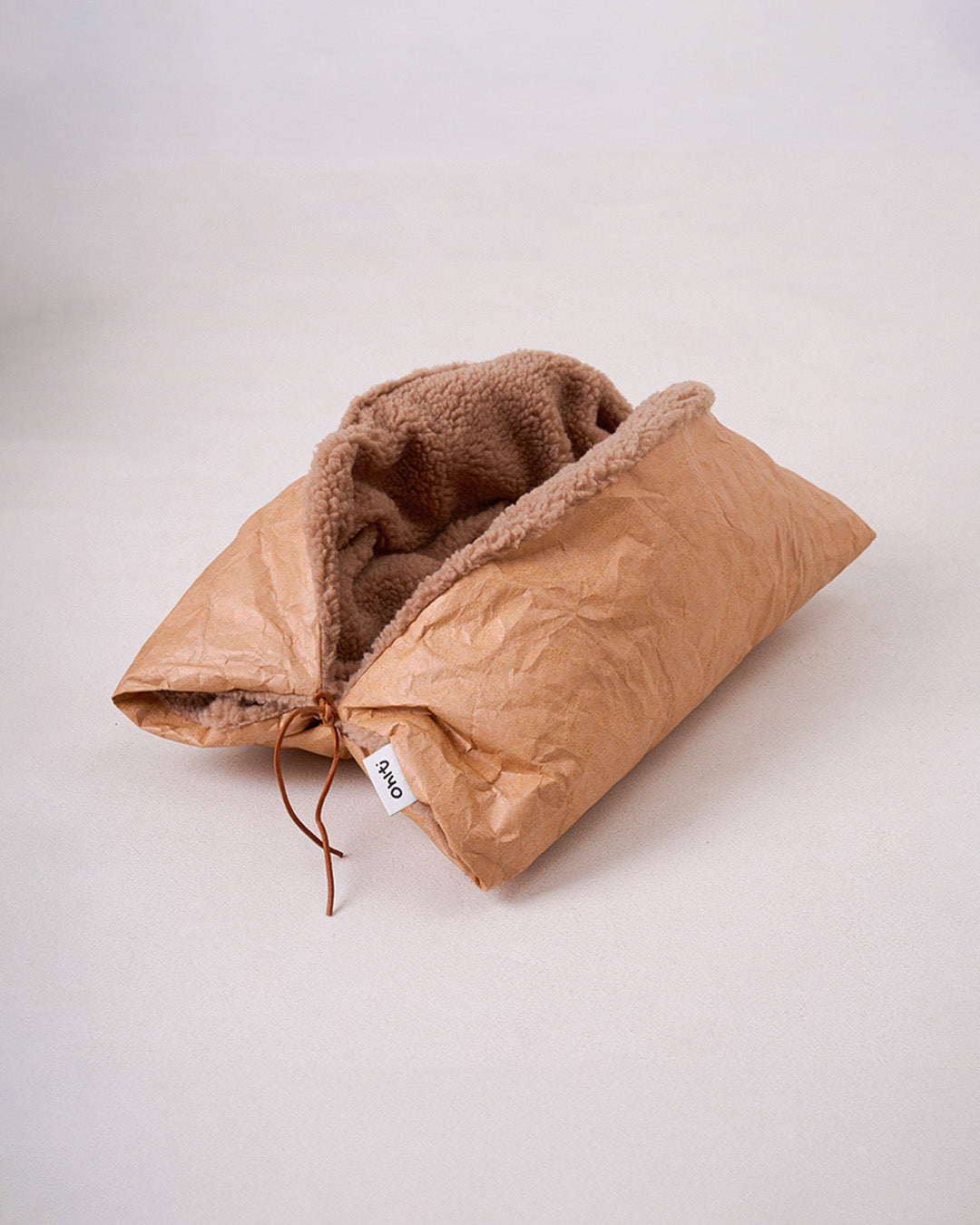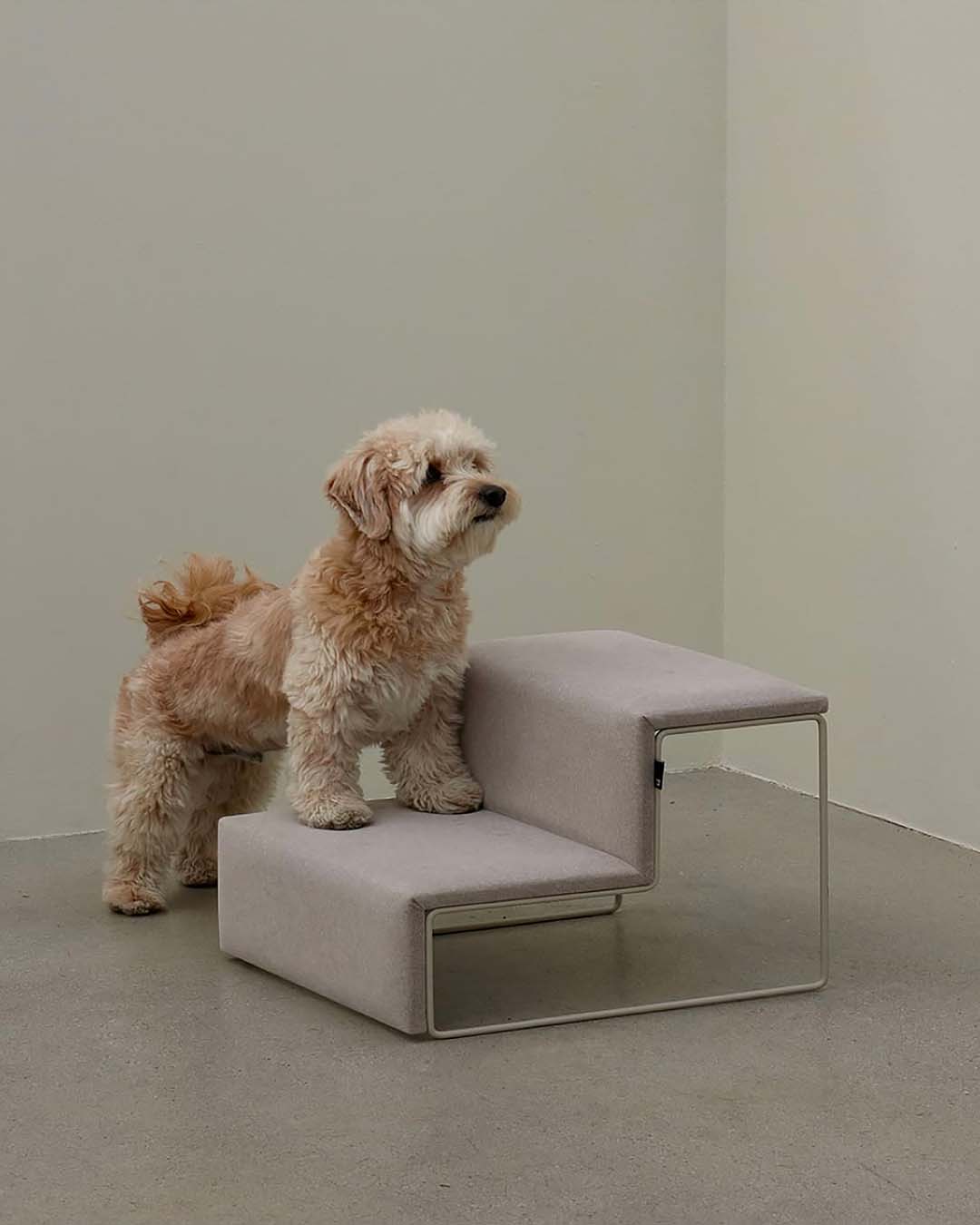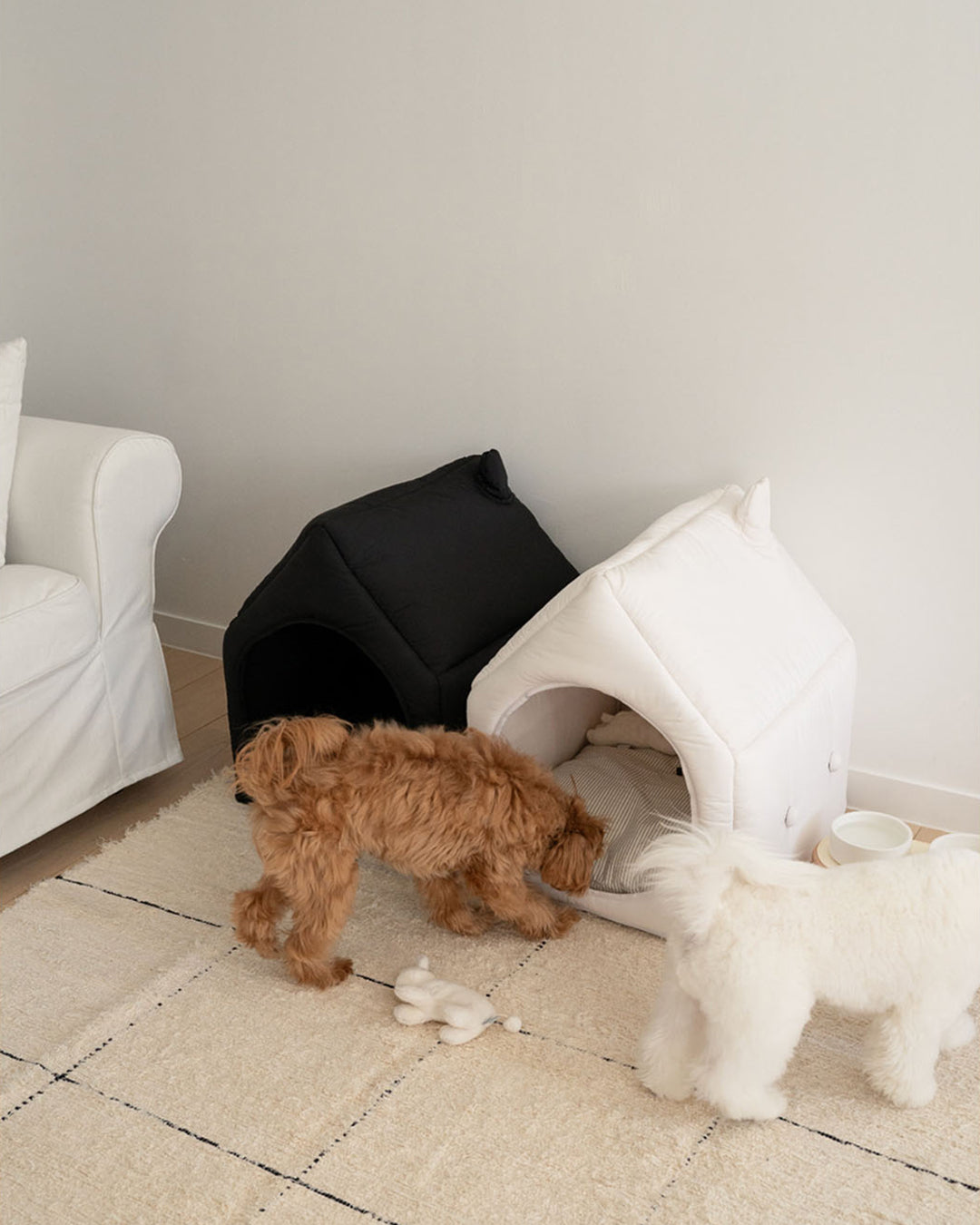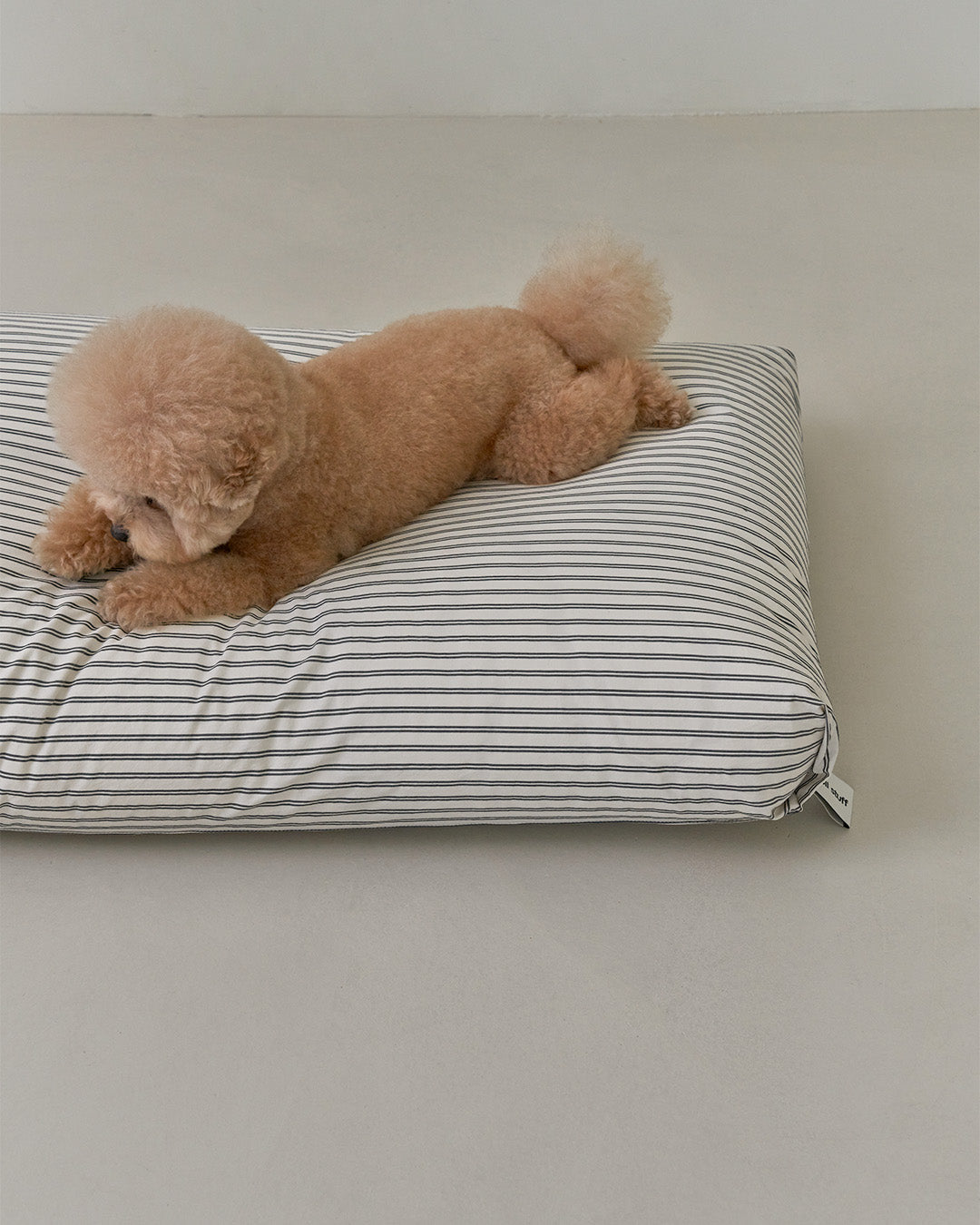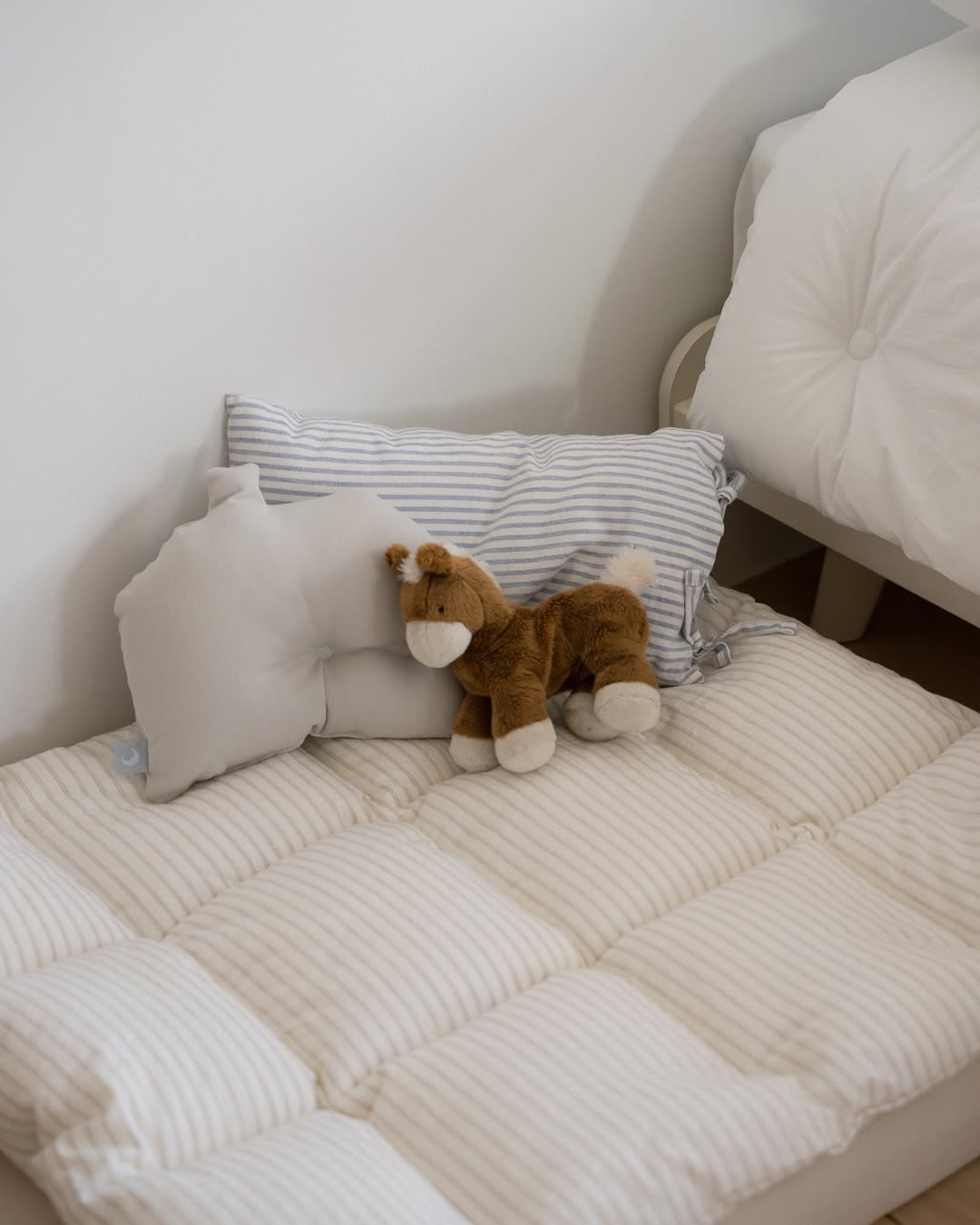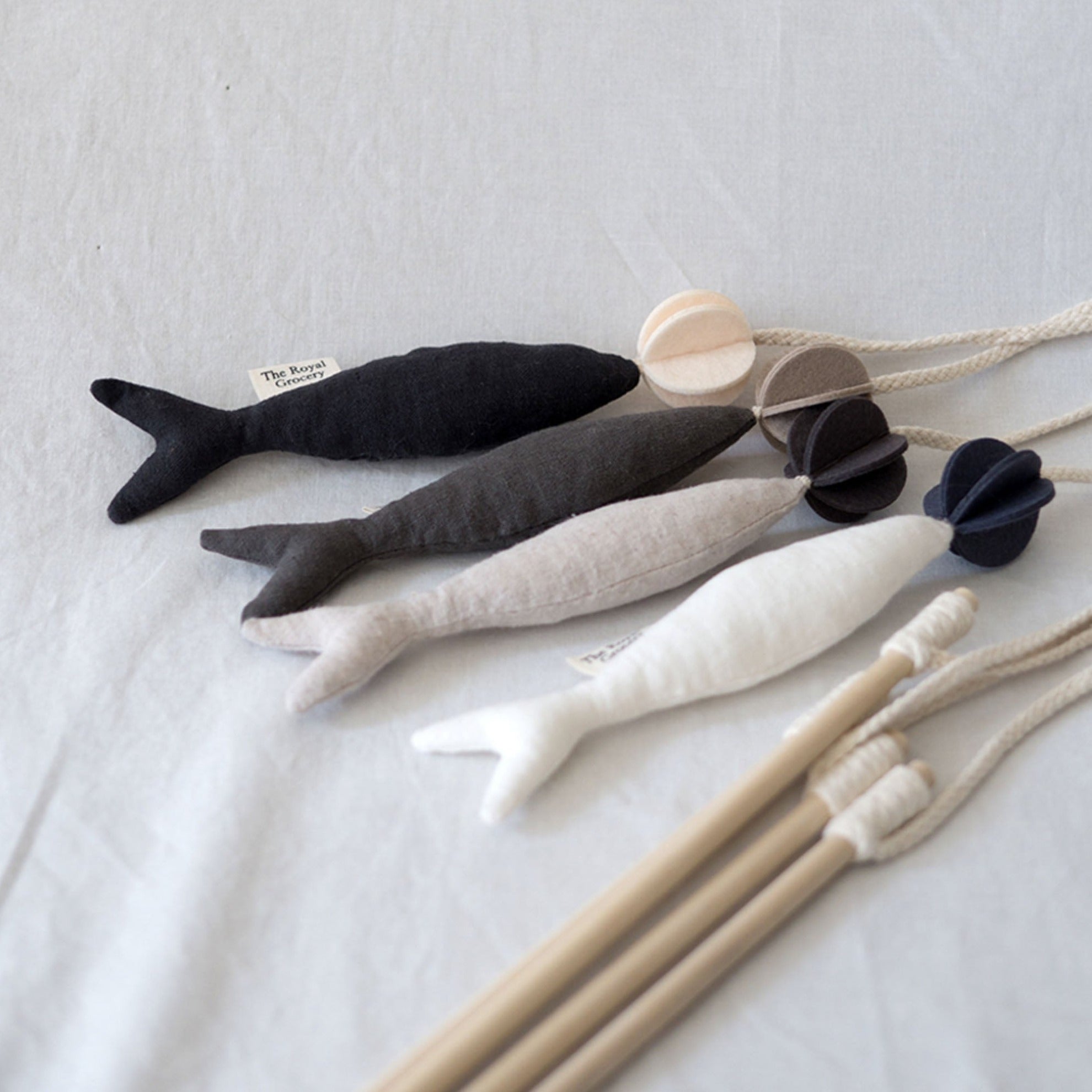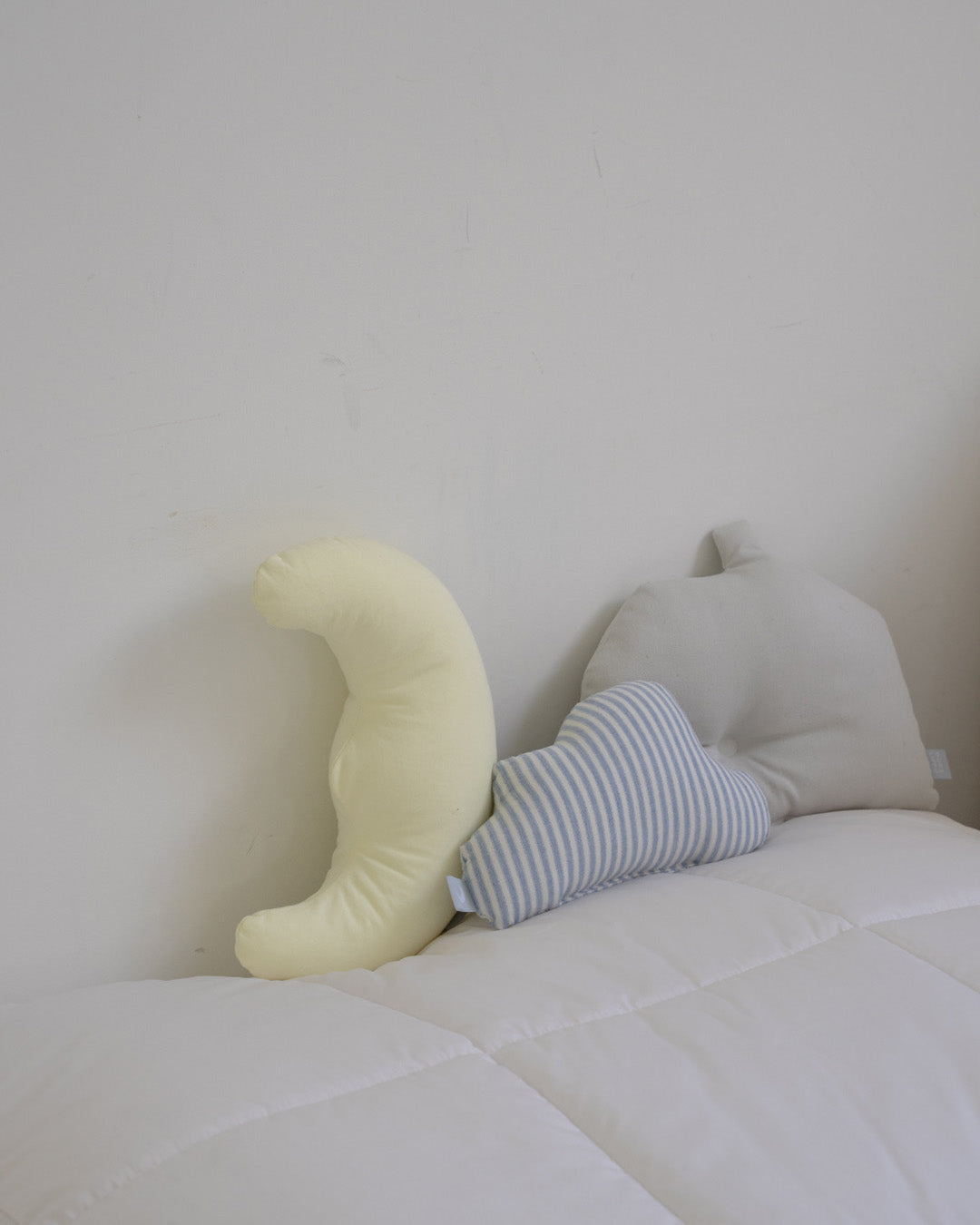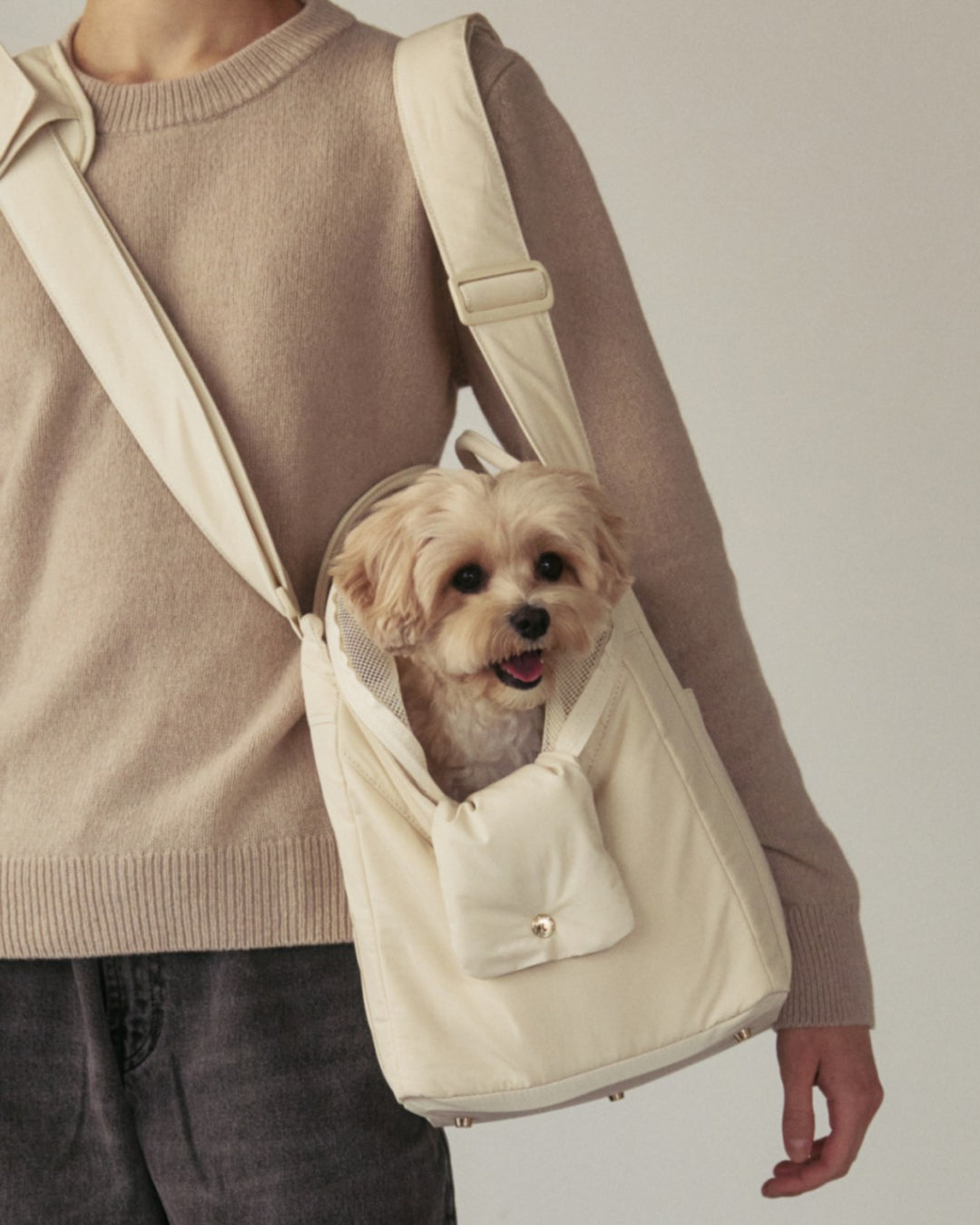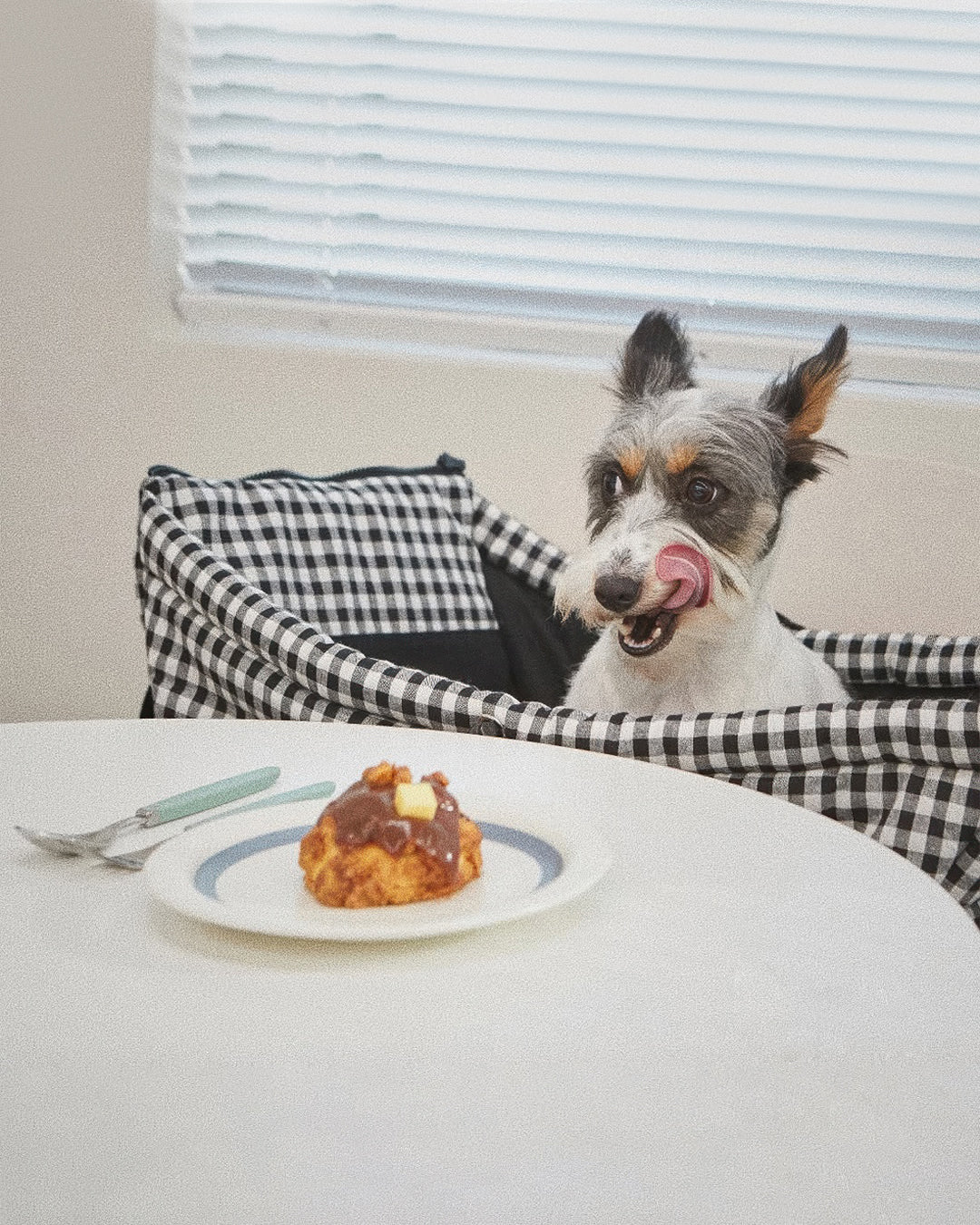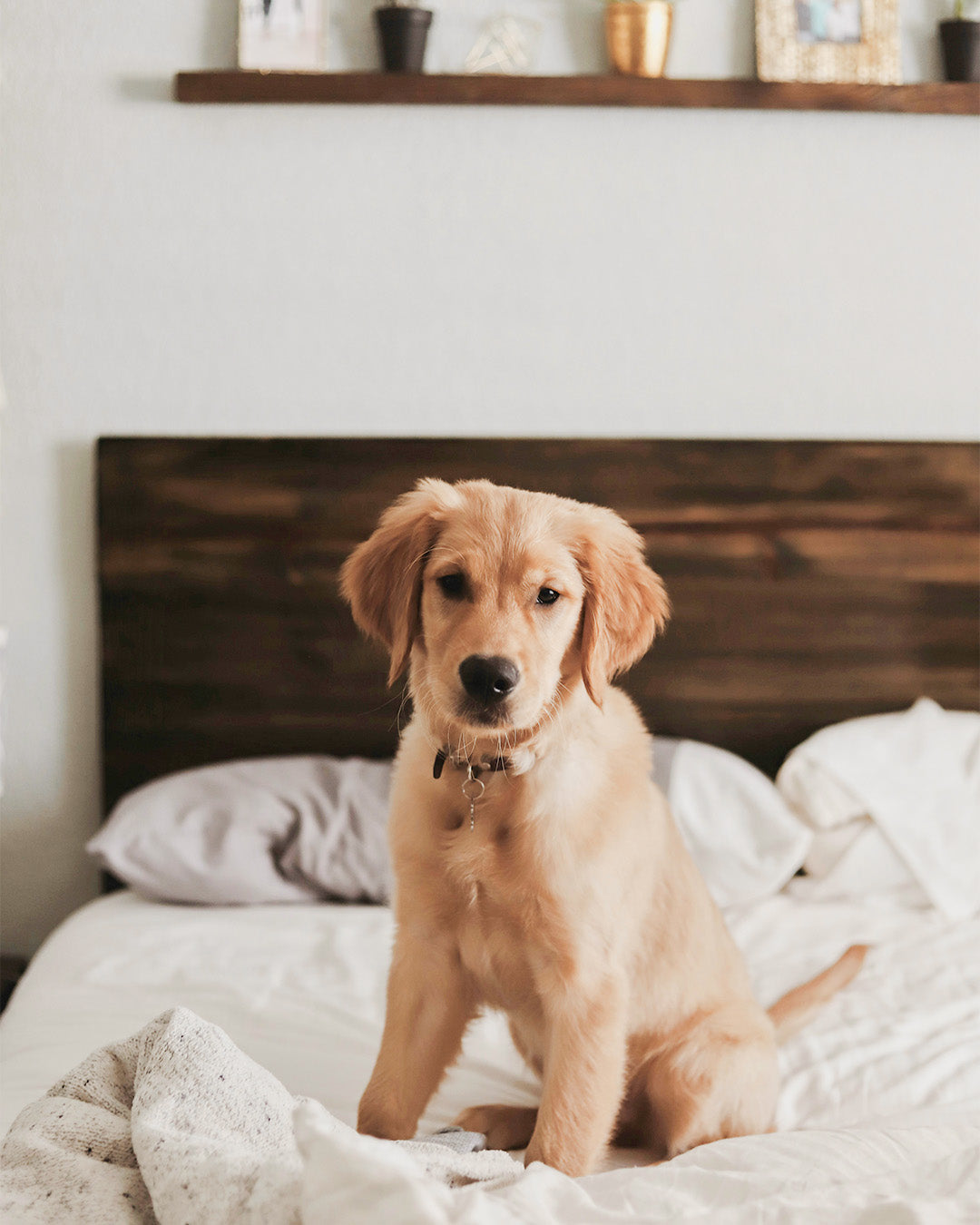Introduction
Many dog owners love seeing their furry friends curled up on the sofa or greeting them with excitement on the bed. But is jumping on furniture really safe for your dog? While a couch or bed may seem like a harmless playground, repeated jumping can put significant strain on a dog's joints, especially in small breeds, senior dogs, or dogs predisposed to orthopedic issues. Let’s explore the risks and the best ways to keep your dog safe without sacrificing comfort or togetherness.
Risks of Allowing Dogs to Jump on Furniture

Joint and Bone Stress
Jumping up and down from elevated surfaces puts a heavy load on a dog's joints and bones. Over time, this repetitive impact can lead to joint problems like arthritis, hip dysplasia, or exacerbate existing orthopedic conditions. Small breeds and puppies are particularly vulnerable because their bones are more delicate and their joints are still developing.
Injury Risks
Unexpected slips or awkward landings can cause sprains, fractures, or muscle injuries. Senior dogs with declining coordination and balance are especially at risk.
Behavioral Challenges
Allowing free jumping onto furniture without any guidelines may lead to boundary confusion. Some dogs may struggle to understand when it's appropriate to jump and when it's not, potentially creating unwanted behaviors like jumping on guests or kitchen counters.
How to Keep Your Dog Safe and Comfortable
 Use Pet Steps
Use Pet Steps
One of the best ways to protect your dog's joints while still allowing them to enjoy couch or bed snuggles is by providing a safe path up and down. Pet steps are a stylish, functional solution that gives your dog independence without the physical strain of jumping. Look for steps with non-slip surfaces, gentle inclines, and stable construction.
Our Dig Step and Plump Step are designed not only to prevent injury but also to blend seamlessly into modern interiors.
Training and Boundaries
Teaching your dog to only access furniture with permission helps avoid bad habits. You can use commands like "up" and "off" paired with positive reinforcement to create clear rules.
Create a Dedicated Resting Space
If you prefer to keep furniture off-limits, offering a cozy, elevated resting spot like a cushioned dog bed can satisfy your dog’s need for comfort without the risks associated with jumping.
Final Thoughts

Allowing dogs on furniture can absolutely be part of a happy home—but it’s important to balance that freedom with safety considerations. Investing in a quality set of pet steps and training your dog to use them helps protect their joints, reduces injury risks, and extends their comfort well into their senior years.
Share
Read more

Are Squeaky Toys Good for Dogs? Here’s What You Should Know
✲Introduction Squeaky toys—those noisy, bouncy, often irresistible items—are a staple in many dog households. But are they actually good for your pup? The short answer is yes—when chosen and used ...

Do Cats Get Bored Indoors? Signs and Solutions
Introduction While cats are often seen as independent and low-maintenance pets, that doesn’t mean they’re immune to boredom. In fact, indoor cats—despite having a safe and climate-controlled enviro...
